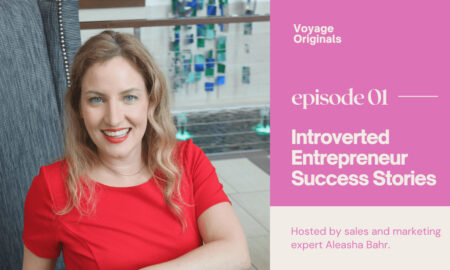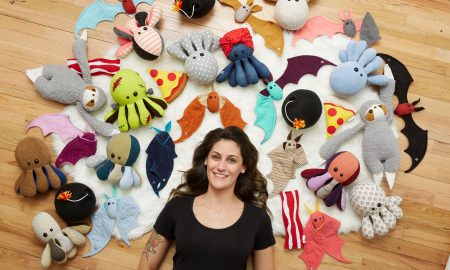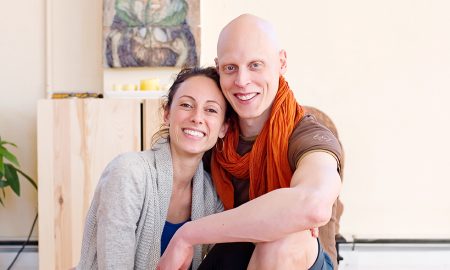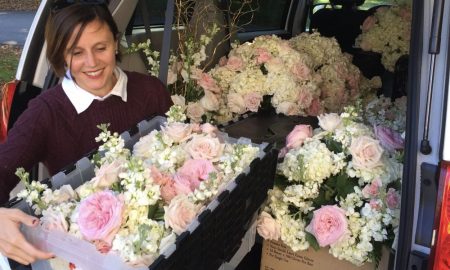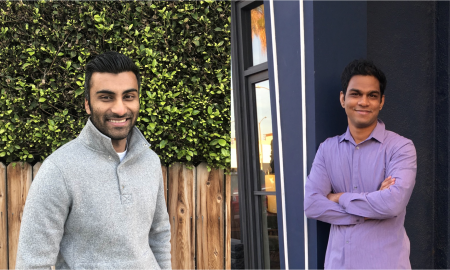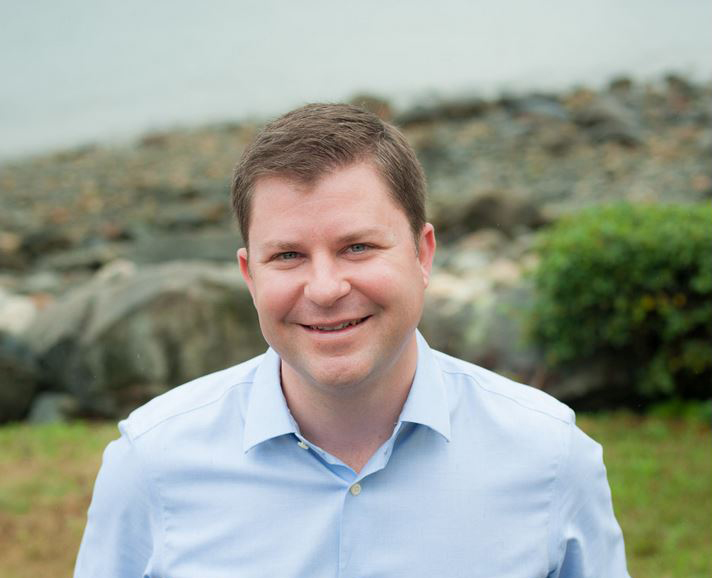

Today we’d like to introduce you to Chris Johns.
Chris, can you briefly walk us through your story – how you started and how you got to where you are today.
I grew up on the central east coast of Florida in a rural setting surrounded by orange groves and live oak hammocks. My siblings and I were always constructing various forts and hideouts equipped with plumbing, pulleys and swings. Along with our knack for creating places to play in the woods, my family built a couple of houses and a number of agrarian barns and structures that cultivated an interest in building construction and architecture. I had ambitions of being an architect but officially set my sights on the profession after having the opportunity to shadow an architect and firm owner for a couple days in high school.
I began my college education at St. Petersburg Junior College under the tutelage of a demanding, charismatic professor who taught us how to think and problem solve by drawing with precision, and through critically understanding what we observed around us. This is where I met my friend and co-founding partner of CUBE, Jason Hart. We each matriculated to the University of Florida and he continued on to M.I.T. for his Masters degree directly following undergrad whereas I stayed at UF for graduate studies in Sustainable Building Construction Management. I later moved to Boston and attended M.I.T. for my Masters in Architecture as well and we coincidentally graduated together in January 2004. While in our final year of grad school at MIT, Jason’s father asked for help designing a beach house on Folly Beach, South Carolina. The design came together around the coffee table in our living room and thus became CUBE’s first built project. As friends, studio mates, work colleagues and roommates, we grew up together though our education in architecture and this linage helped us form a partnership that led to the formalizing of CUBE design + research and allows us to currently operate a small remote collaborative office of 6 people between Boston, MA and Chapel Hill, NC.
Overall, has it been relatively smooth? If not, what were some of the struggles along the way?
Entrepreneurship is rarely smooth or easy. When starting CUBE with a substantial project on our boards, we naively thought more work would come if we designed and built a great project. That first house won a national design award but the clients did not come knocking. At the point, we realized the need for a marketing plan and real business development strategies.
Also, in the small start-up phase the owners where all the hats. This can be a major grind especially since all of our time was spent serving clients and doing what we do – design buildings and spaces. Learning to delegate, out-source and systematize was a major struggle. Eventually we went out on a limb and hired a full-time experienced person that could take on more of a design and production role allowing us owners to have more time to work on designing our business.
Alright – so let’s talk business. Tell us about CUBE Design and Research – what should we know?
We are detectives and translators, thinkers and makers. CUBE uses stories, facts and heritage — expressed through architecture — to connect people with their environment.
Our unique research process is the common thread that defines CUBE’s design approach. We discover the substance of a project through inquiry, then choreograph space, views, materials and light to reveal its essence. This depth leads to authentic and inspiring architecture, which in turn creates value for our clients.
This process excites all of us at CUBE because we get to uncover meaning in unusual ways — like digging through historical archives or learning about a client’s domestic routines. Unearthing these stories helps us to identify a project’s central idea. It informs a clear design direction enriched with purpose. Experiencing meaningful design can alter your routine or perspective, changing the way you live for the better. This is why we practice architecture with such passion and optimism.
Our clients love that we take nothing for granted. They appreciate that CUBE’s research process is both structured and spirited, yielding wildly unique outcomes. The results are specific to time and place, anchored in concept, layered with meaning, and built with crafted details that are communicated through a solid, thorough set of drawings.
CUBE’s founding partners have deep roots. Chris Johns and Jason Hart studied together through three stages of design education, in Florida and at M.I.T., and practiced together at two studios before setting off on their own to create CUBE in 2005. CUBE’s unique research process was born from these common experiences and refined over years of collaboration.
CUBE’s process is about identifying a central idea and making sure it is clear, meaningful and buildable. The cube is an essential form, a building block that is solid and stable. It is with the qualities of a cube in mind that they named their firm in 2005. A host of talented designers have joined them in their offices in Boston, MA and Chapel Hill, NC, enriching CUBE’s perspective and growing their capacity.
The firm culture at CUBE balances innovation and exploration with logic and process. We are equal parts thinkers and craftspeople. Our goal is to build a practice that is inspiring, thoughtful and transformative for those who live and work in our buildings and the communities they inhabit.
We work on a broad range of project types and scales, including residential, commercial and the adaptive reuse of historic buildings. Regardless of building type, CUBE applies the same research methodology to all of our architectural projects. We operate on the basis of latent opportunity, which means that our research process uncovers hidden influences and uses them to make our clients’ projects conceptually and physically solid.
We are proud to work alongside a talented motivated team, have clients trust us with enormous investments and come away from the process with new friendships, and inspire people with our buildings in such a positive life-changing way.
Any shoutouts? Who else deserves credit in this story – who has played a meaningful role?
Starting and operating a creative business is a family affair. Our wives, Caroline Johns and Elizabeth Hart, deserve significant credit for being our biggest supporters and encouraging us daily.
We’ve been fortunate to have supportive parents, families, teachers and coaches who have served as important role models and mentors through their leadership and guidance.
Professors Don Bergsma and Robert Hudson were not only critical in forming our foundational design skills in architecture but they also instilled in us a drive to reach far beyond what our young minds had imagined.
We are blessed to have worked with wonderful clients which a number of them have become friends. There have been a number of clients who have positively influenced our firm growth and trajectory, too many to name in this forum, and we are extremely grateful for their trust in us. We’re especially thankful for Jason’s father, Jack Hart, for giving us our first opportunity – the launching pad for CUBE. We’re also appreciative to Historic Boston Inc. who had faith in a us to handle the complex and heavy lift of converting a landmark building by H.H. Richardson from 1875 into a contemporary mixed-use building with loft-style apartments and ground floor retail.
Contact Info:
- Address: 75 Commercial Street
Boston, MA 02109431 West Franklin St., Suite 213
Chapel Hill, NC 27516 - Website: www.cubedesignresearch.com
- Phone: 617.848.2602
- Email: CJ@cubedesignresearch.com
- Instagram: @cubedesignresearch
- Facebook: www.facebook.com/CUBE-design-research-115908757748/
- Twitter: @cubework








Image Credit:
Balakrishnan Photos – Mark Herboth
Hayden Photos – John Horner
H-CO Photo – Keith Isaacs
Equal Exchange Cafe Photo – Matt Delphenich
1943 DOT Ave Rendering – CUBE design + research
Getting in touch: BostonVoyager is built on recommendations from the community; it’s how we uncover hidden gems, so if you know someone who deserves recognition please let us know here.










